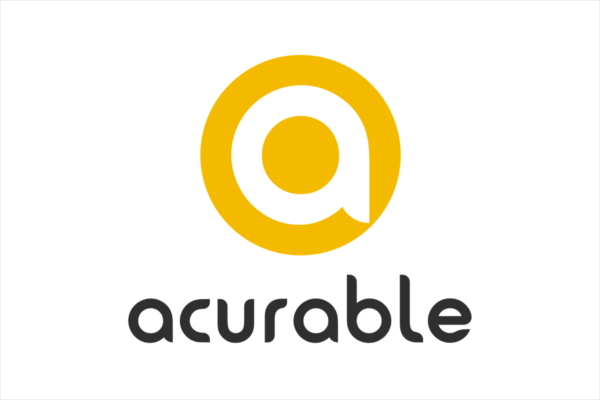
The challenge
Obstructive sleep apnoea (OSA) is a serious respiratory condition that affects approximately 175 million people in Europe and almost 1 billion people worldwide (up to 24% of the adult population). OSA causes sufferers to repeatedly stop breathing while they are asleep, and can lead to serious health implications including high blood pressure, type 2 diabetes and dementia. It is also the second most common cause of road accidents due to tiredness.
However, 85% of people suffering from sleep apnoea remain undiagnosed. This is because until now, OSA diagnosis has relied on complex, expensive and resource-intensive tests which require patients to visit a hospital and wear an uncomfortable set of devices, and on a specialist doctor to spend 1-2 hours manually interpreting the signals recorded to produce a diagnosis. The whole process typically takes anywhere from 3 to 6+ months, and with COVID it has become a major problem given the risk of contagion associated.
The solution
AcuPebble SA100 moves the point of care to a patient’s home, where all they need to do is wear a tiny sensor attached to the base of their neck. The signals are transferred wirelessly to a mobile device to then be uploaded to a secure platform. Once our algorithms have extracted the necessary parameters, the referring clinician receives an email notification with an automatically generated diagnosis report within minutes. The whole process takes 1-2 days instead of several months.
In September 2020, AcuPebble SA100 became the first medical device in the world to obtain the CE mark for the automated diagnosis of obstructive sleep apnoea at home, where currently a specialist must manually diagnose the patient using PG/PSG.
AcuPebble… was wireless, and a smaller device which you can put on your bedside. And all it does, it sticks onto your throat, and you turn the device on and then off you go, and then turn it off when you wake up. It was very, very simple.
Patient user
The impact
- Specialist saves 1-3 hours per patient (no patient training or signal interpretation required).
- Results available in 1-2 days instead of 3-6 months.
- Comfortable and easy to use, ensuring a more natural night’s sleep at home.
- No risk of contagion, as the sensor can either be disposed of or easily disinfected.